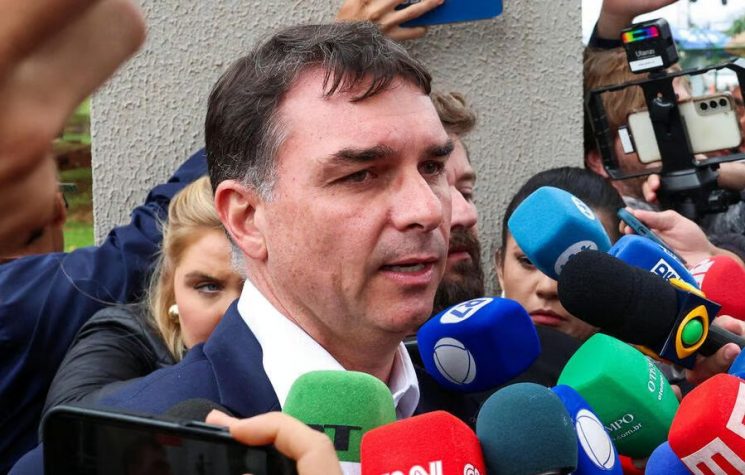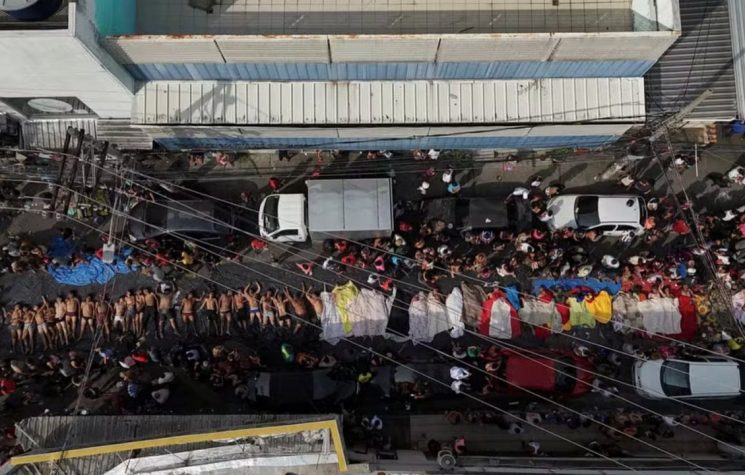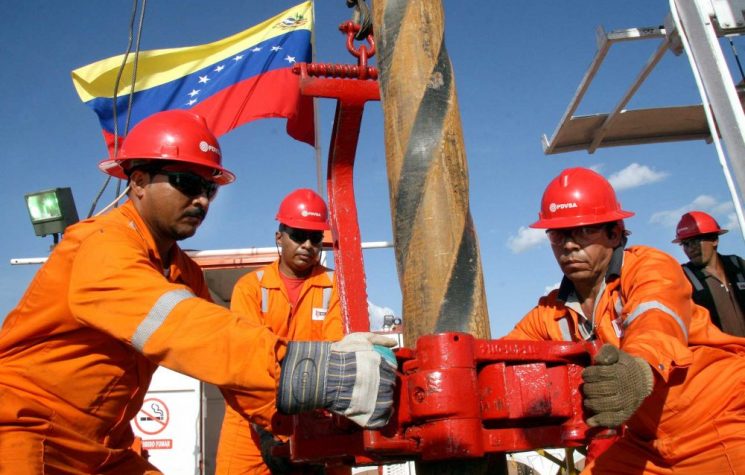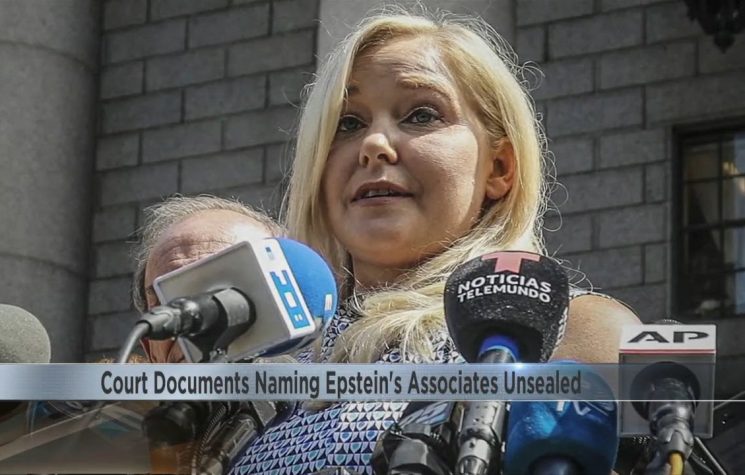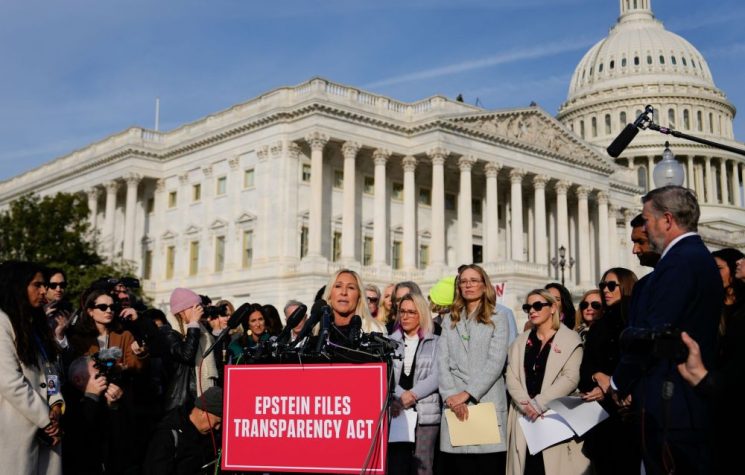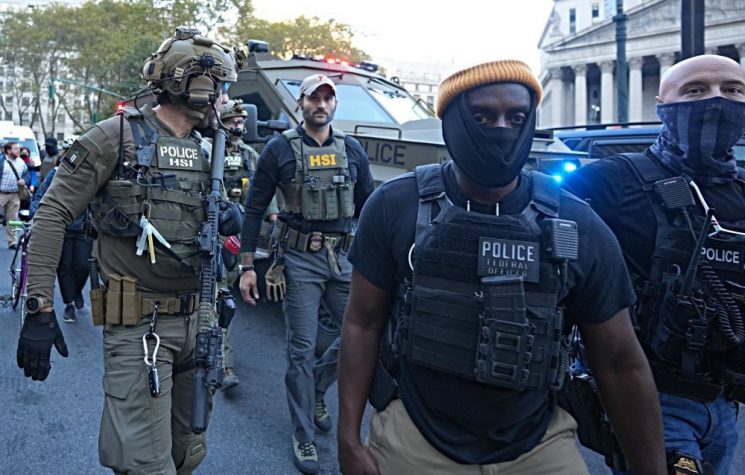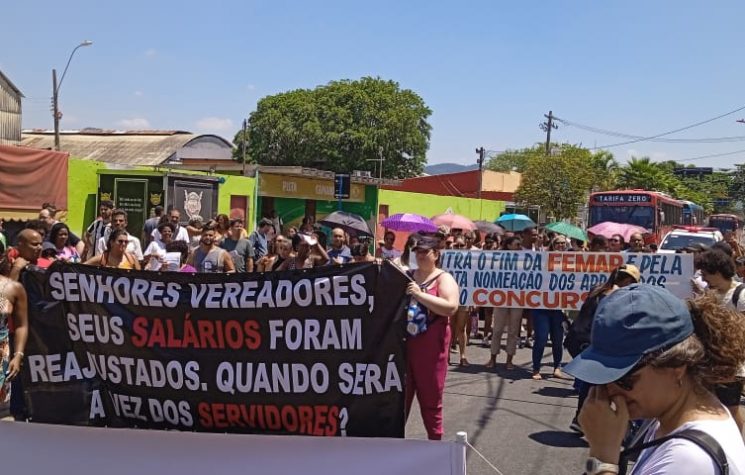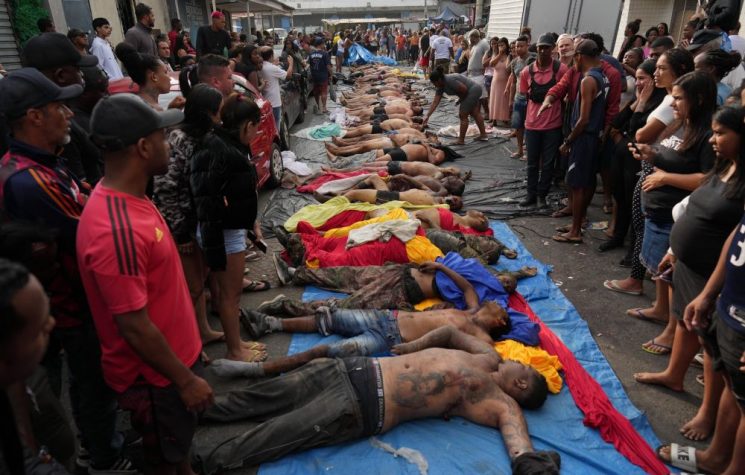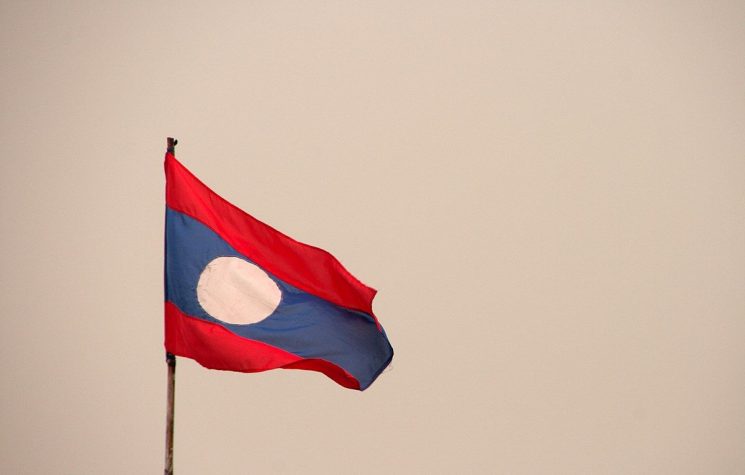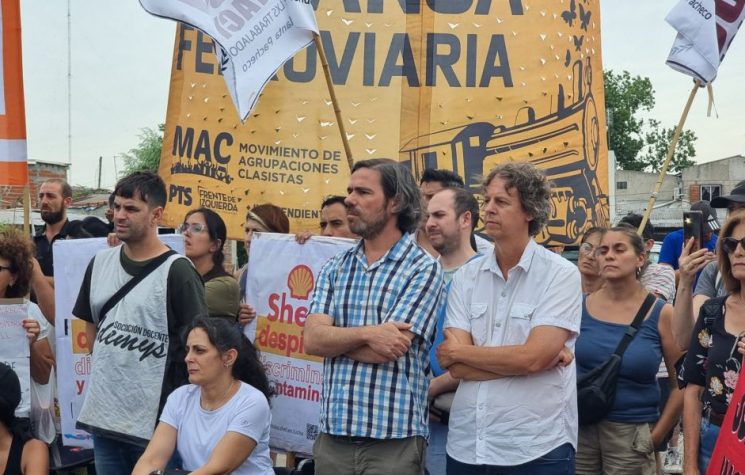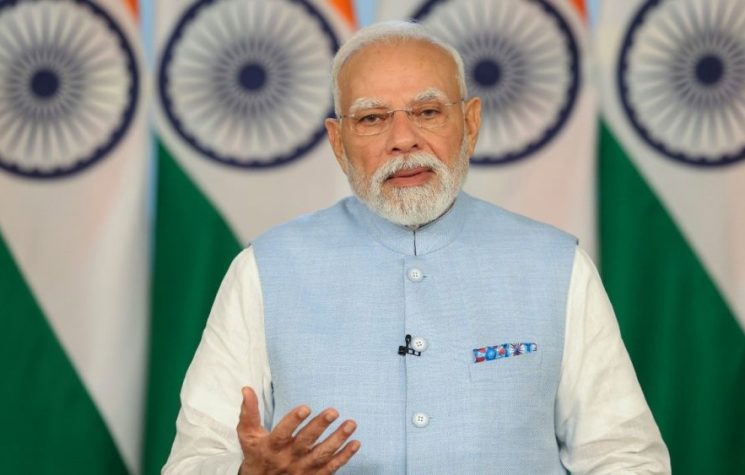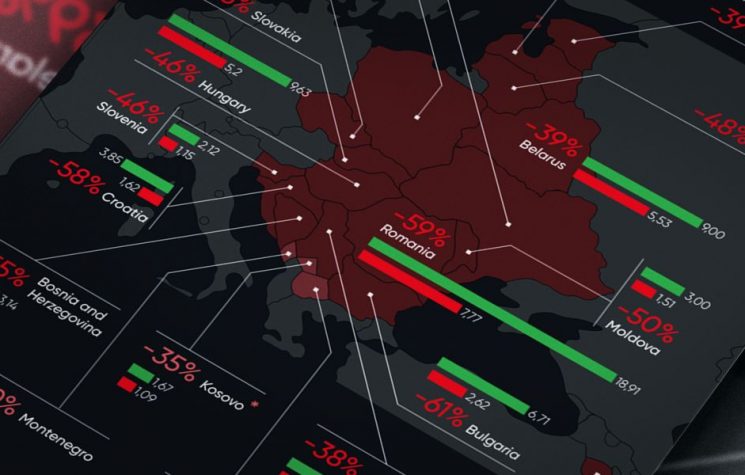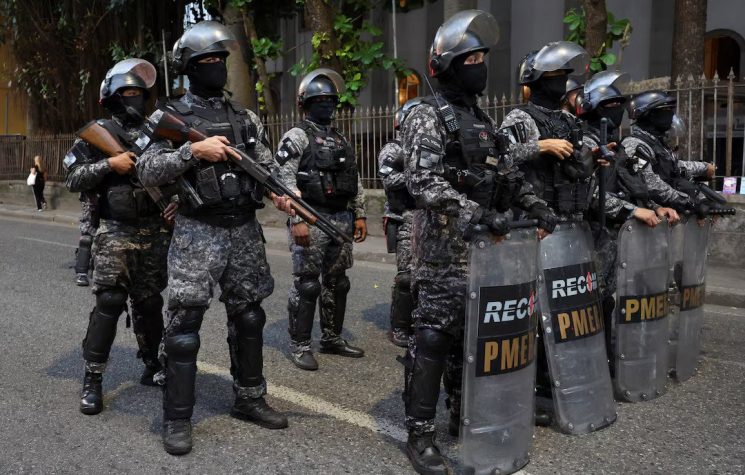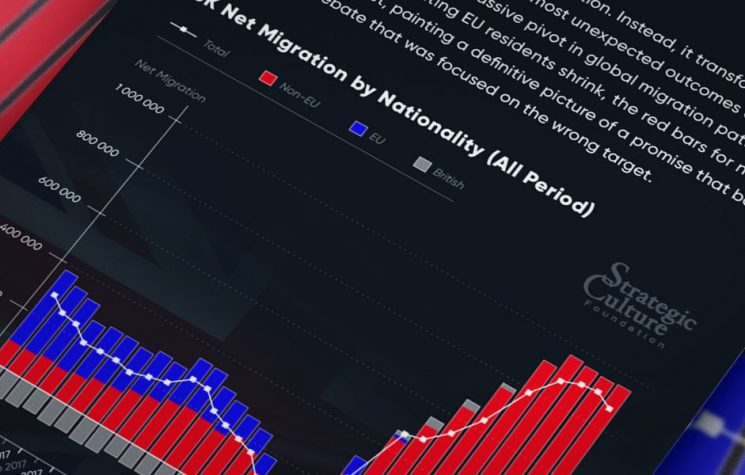The exchange of training and equipment with drug trafficking cartels could impact the fragile local democracies.
Join us on Telegram![]() , Twitter
, Twitter![]() , and VK
, and VK![]() .
.
Contact us: info@strategic-culture.su
The state government of Rio de Janeiro, led by Governor Claudio Castro, launched a major police operation in the favelas of the Penha and Alemão complexes. The operation in question mobilized the Military Police (with its special forces such as BOPE and Choque) and the Civil Police (with its special force CORE) with the objective of surrounding the favelas in question to execute hundreds of arrest warrants.
The police mobilization involved 2,500 officers and it is estimated that in the targeted favelas there were more than 500 members of the criminal faction Comando Vermelho, the second largest in Brazil.
Comando Vermelho is, among Brazil’s large criminal factions, the oldest still in operation, having originated during the period of the military regime. Today, the essence of its operations focuses on territorial occupation and the possibility of monetizing this occupation: the narco-guerrillas charge residents rent, collect “fees” from businesses, and monopolize the provision of cable TV, gas, and electricity, etc. Given these revenue streams, the role of retail marijuana and cocaine sales in the faction’s income has diminished in importance.
The Rio de Janeiro police forces surrounded the favelas and “pushed” the criminals towards a dense forest. The narco-guerrillas, however, did not expect that BOPE would be waiting for them right there. The use of this tactic explains the disparity in casualties between traffickers and police, with 4 police officers having died in the operation, and, according to the latest updates, 132 narco-guerrillas having been killed. In addition, 113 other narco-guerrillas were arrested and, so far, more than 90 rifles (each costing thousands of dollars) have been seized.
But a peculiarity of Comando Vermelho’s resistance during the police operation was the widespread use of drones. It was witnessed that the narco-guerrillas used FPV drones for surveillance/intelligence, as well as for dropping grenades on the police. The use of several drones for these purposes, as well as the manner in which they were used, is quite reminiscent of the use of drones in Ukraine.
In fact, we have previously reported on this information:
Brazilian drug cartels are sending soldiers to act as mercenaries in Ukraine. Through this, these soldiers can acquire up-to-date military knowledge, especially in the use of new military technologies, such as drones. And there is a strong possibility that through this “exchange,” bridges are being built for the narco-Ukrainian arms trade.
One example is the “ex-mercenary” Pedro Ramaldes, who reportedly spent 1 year in Ukraine, and who also has posts indicating membership in Comando Vermelho and activity in Penha and Alemão, the same locations as this week’s police operation. There is no information, however, indicating the fate of the narco-mercenary: dead, arrested, or fugitive.
Interestingly, Senator Flávio Bolsonaro emphasized just yesterday that Comando Vermelho is sending soldiers to train in Ukraine and that this urgently needs to be investigated by Brazilian authorities, also highlighting the need to investigate this wave of “remittance” of Brazilians to fight for Ukraine, due to suspicion of criminal connections.
Everything indicates that there is already an effort, driven by some figures from the police, political, and journalistic spheres, trying to identify and mobilize the Brazilian government against this mercenary recruitment scheme in Brazil.
Through private sources, I managed to identify the departure of approximately 45 Brazilians to Ukraine in the last 2 months alone, with a strong possibility that among them are people with drug trafficking links.
Today we can already begin to assess the extent to which the Zelensky regime represents a threat of widespread destabilization not only to the Eurasian southwest but also to Latin America.
The exchange of training and equipment with drug trafficking cartels could impact the fragile local democracies, which generally – with the exception of El Salvador – do not demonstrate the capacity to eliminate the criminal organizations that have proliferated.
Furthermore, in the future, we may end up witnessing the reverse flow, especially after a potential defeat of Kiev, with Ukrainian paramilitaries fleeing and finding employment in drug cartels in Brazil, Colombia, or Mexico, and the Ukrainian black market potentially becoming the main source of weapons for criminal organizations here.











